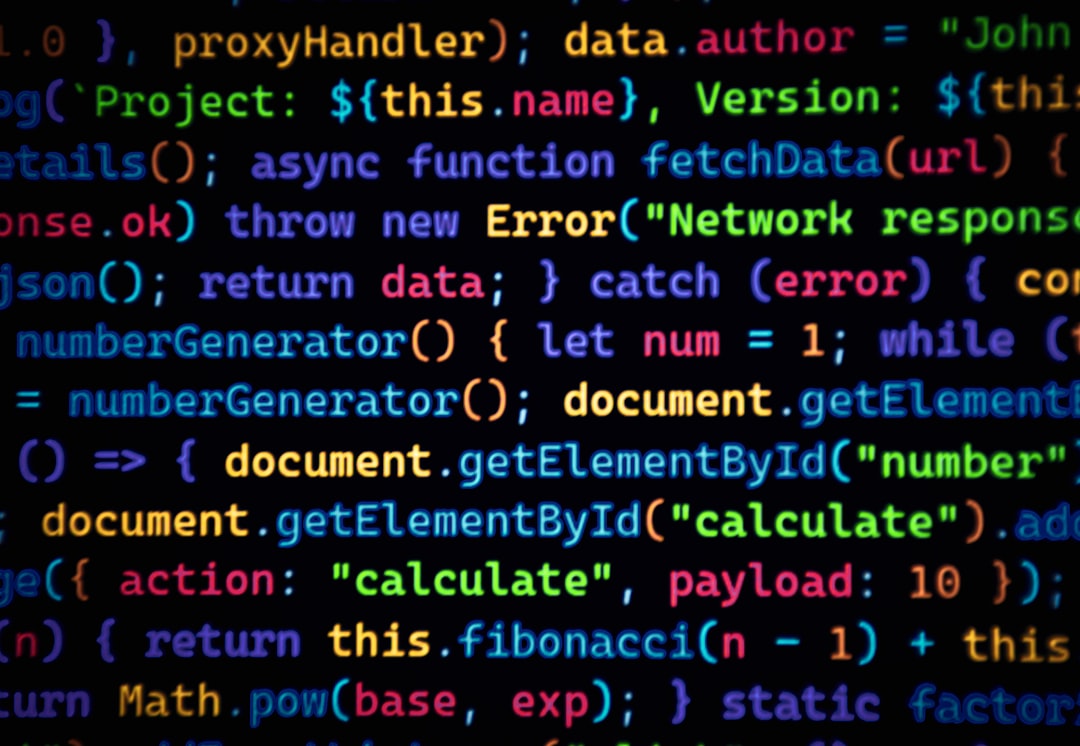In today’s data-driven world, software testing is not just a technical necessity — it’s a critical pillar of any development lifecycle. However, with rising concerns about privacy, it’s more important than ever to ensure that testing environments do not inadvertently use or expose real Personally Identifiable Information (PII). This challenge has led to the widespread use of safe dummy data—synthetic, anonymized, or fabricated data sets that mimic real-world data without carrying any of the associated privacy risks.
But generating and using dummy data safely is not as simple as replacing “John Doe” for every user and moving on. If implemented incorrectly, dummy data can place organizations at just as much risk as using the real thing. This article explores best practices for safely using dummy data in testing environments and how to avoid the potentially catastrophic mistake of including real PII.
What Is PII and Why Should You Avoid It in Testing?
Personally Identifiable Information (PII) refers to any data that can be used to identify a specific individual. Examples include:
- Full names
- Email addresses
- Phone numbers
- Social Security Numbers
- Credit card information
- IP addresses or device identifiers
Using real PII in development or testing environments creates significant security and compliance risks. Several privacy regulations — including the GDPR, CCPA, and HIPAA — mandate strict control over the use and storage of PII. That means if your test environment gets compromised and contains real user data, your organization could face legal penalties, data breaches, and a major trust crisis.
Even internally, exposing your engineers and testers to sensitive information that they don’t need to see can create ethical and operational dilemmas. Therefore, using safe dummy data is not just an IT best practice — it’s an organizational imperative.
Why Developers Still Use Real Data
Despite the risks, many developers still use real data in testing for three reasons:
- Convenience: Copying production data to a test database is faster than fabricating new data.
- Realism: Real data helps uncover edge cases that random data might miss.
- Legacy processes: Some organizations may lack tools or practices that safely generate dummy data.
If this sounds familiar, you’re not alone. But shortcuts can become security disasters. Fortunately, there are better ways to strike a balance between realistic testing and data privacy.
What Makes Dummy Data “Safe”?
To be considered safe, dummy data must meet the following criteria:
- Non-identifiable: The information cannot be traced to a real individual.
- Structurally valid: It mimics the format and structure of real data (e.g., correct phone number format).
- Consistent: It maintains logical relationships across fields, such as a city matching the correct ZIP code.
- Deterministic (when needed): It can be reproduced predictably for debugging, especially in automated tests.
Tools exist to help you create such data, but understanding the principles behind the tools is essential for implementing effective workflows.
Techniques for Generating Safe Dummy Data
There are various methods to generate dummy data, depending on your specific application and requirements.
1. Use Synthetic Data Generators
Tools like Faker (Python), Mockaroo, and Java Faker can produce realistic but completely fictional data. They can generate names, addresses, credit card numbers, and even tailored datasets for industries like healthcare or banking.

2. Masking or Tokenizing Real Data
If you must use data derived from production, data masking is a middle ground. It involves substituting actual data with pseudonymous versions while retaining structural consistency. Tokenizing data goes a step further, replacing sensitive fields with irreversible tokens.
Still, proceed cautiously. Improper masking can leave telltale traces of identity, so any data-replacement process must be thoroughly evaluated.
3. Create Domain-Specific Mock Sets
For complex applications, consider building custom mock datasets that replicate the intricacies of your domain. For instance, an e-commerce platform might simulate customer behavior, browsing history, and purchase sequences using fabricated personas and synthetic logs.
Best Practices for Using Dummy Data
The safe use of dummy data goes beyond generation. It must be supported by a thoughtful strategy and robust internal controls.
1. Automate Test Data Creation
Hardcoding test data into your scripts is both fragile and insecure. Instead, use scripts to dynamically generate your test data as part of your CI/CD pipeline. This ensures freshness, scalability, and consistent privacy guarantees every time tests are run.
2. Separate Test and Production Environments
This may seem obvious, but breaches often occur due to poor isolation. Ensure your test environments are air-gapped, with strict access control and no access to real-world data services or APIs unless explicitly needed — and even then, use stubs or sandboxes.

3. Audit and Review Regularly
Create internal policies that require periodic audits of test data and environments. Logs should be reviewed, data usage evaluated, and data-generation scripts tested for compliance with your own standards and any relevant regulatory requirements.
4. Educate Development and QA Teams
Noncompliance often comes from lack of awareness rather than malice. Run workshops or onboarding sessions to teach your teams the importance of keeping PII out of test environments and equip them with the tools to do so.
Common Mistakes to Avoid
Even with the best of intentions, mistakes can happen. Here’s what to watch out for:
- Copying production data into test “just once.” It introduces long-term risk. If the data is there, it can leak.
- Exposing dummy data to public domains. Even fake data can be misused or misunderstood if seen outside context.
- Using unrealistic dummy data. If your test data doesn’t resemble live usage patterns, your tests won’t be useful.
Legal and Ethical Considerations
Under laws like GDPR, using real PII for testing without proper consent is a violation. But even outside legal obligations, organizations should consider their ethical responsibility to safeguard data. Using dummy data aligns with the principle of privacy by design and shows respect for your users.
Being careless not only puts you at regulatory risk but can damage your company’s reputation if there’s ever a leak — even if it’s “just for testing.”
The Future of Safe Dummy Data
As privacy legislation becomes more global and complex, the responsibility for clean test environments will become a delineated compliance requirement. We’ll likely see a growth in AI-driven synthetic data tools that can build even more robust test datasets by learning from patterns, not copying specifics. These innovations will give developers the power to test smarter and safer than ever.
However, no tool is a substitute for clear processes and a strong data culture. Building these habits today will keep your organization agile, resilient, and reputationally protected into the future.
Conclusion
Test environments need data. But they don’t need real user data. As privacy risks increase, the use of safe dummy data is both a necessity and an opportunity — a way to innovate securely and gain the trust of users and stakeholders alike. By integrating the right tools, strategies, and mindsets, your team can create realistic, effective test cases without ever compromising privacy.
The next time you’re building a feature, running automated tests, or debugging an issue, remember: fake it, and make it safe.









